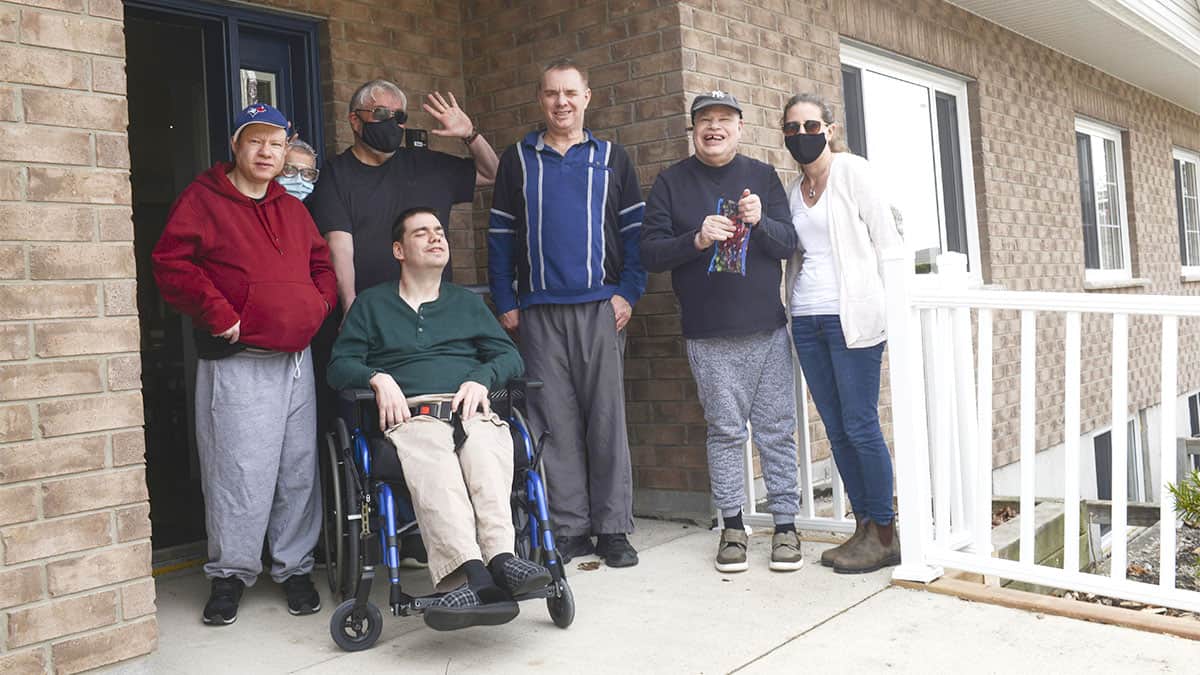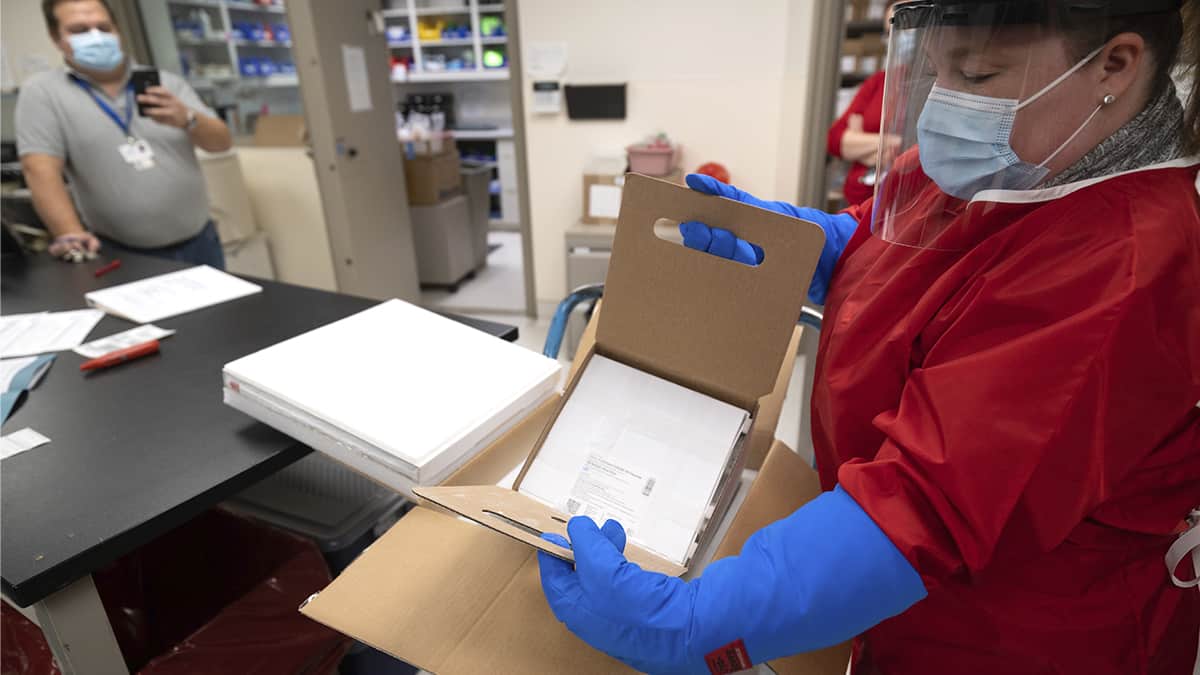Back in lockdown mode since Saturday, the region is seeing a spike in COVID-19 cases, with daily increases at levels not seen since late-February. The 77 new cases seen Monday is higher than early on in the pandemic, but less than half the high point around the Christmas holidays.
At midweek, there were 386 active cases of COVID-19 in Waterloo Region, up from 305 just prior to the province-wide lockdown – what Premier Doug Ford called an “emergency brake” – went into effect. The harsher restrictions were announced following concerns about the growing number of COVID-19 cases, particularly hospitalizations.
The new measures, expected to last at least four weeks, include an end to indoor and outdoor dining at restaurants, prohibiting personal services such as haircuts and reduced capacities for retailers (50 per cent for grocery stores, farmers’ markets and pharmacies; 25 per cent for all other retail).
“We are facing a serious situation and drastic measures are required to contain the rapid spread of the virus, especially the new variants of concern,” Ford said in a statement. “I know pulling the emergency brake will be difficult on many people across the province, but we must try and prevent more people from getting infected and overwhelming our hospitals. Our vaccine rollout is steadily increasing, and I encourage everyone who is eligible to get vaccinated. That is our best protection against this deadly virus.”
The move is somewhat in keeping with local health officials’ suggestions Waterloo Region remain at the red level on the province’s reopening scale.
The region has seen an increase in cases, but not at the same rate as the provincial average, medical officer of health Dr. Hsiu-Li Wang said April 1 at the weekly pandemic briefing.
“In regards to our overall trends, Ontario is in a third wave, though our cases have not increased at the same rate as other communities in the province. I am concerned because we are starting to see an increase in our case rates again.”
The 386 active cases bring the total count to 12,270 since the virus was first detected in March 2020. There have been 243 fatalities throughout the duration of the pandemic in the region.
At midweek, there were 20 individuals in hospital, and the region was dealing with outbreaks at 13 locations.
“The indicators for Waterloo Region are showing the cases are continuing to grow. And they are now again within the red control level of Ontario’s framework,” said Wang, noting that trend halts any thought of improving on the red-level rating.
“The situation across Ontario is very concerning,” she said, pointing to variants of concern that are now dominating the majority of positive cases throughout Ontario.
In Wellington-Dufferin-Guelph, there were 363 active case, up dramatically from 140 a week earlier.
140 active cases. That catchment area’s cumulative total was 5,546, of which 5,077 (91.5 per cent) have been resolved. There have been a total of 106 fatalities since the pandemic began, unchanged in the past seven days.
The province is seeing growth in the total number of cases, with the tally now at 367,602, up more than 20,000 in the past week.
There have been 7,458 deaths attributed to the virus, representing a mortality rate of two per cent. The ministry reports 333,576 cases (90.7 per cent) have been resolved.
The latest numbers from Health Canada show 60,299 active cases nationwide. The cumulative total of confirmed cases now stands at 1,020,893, with 23,141 related deaths, a mortality rate of 2.3 per cent.









